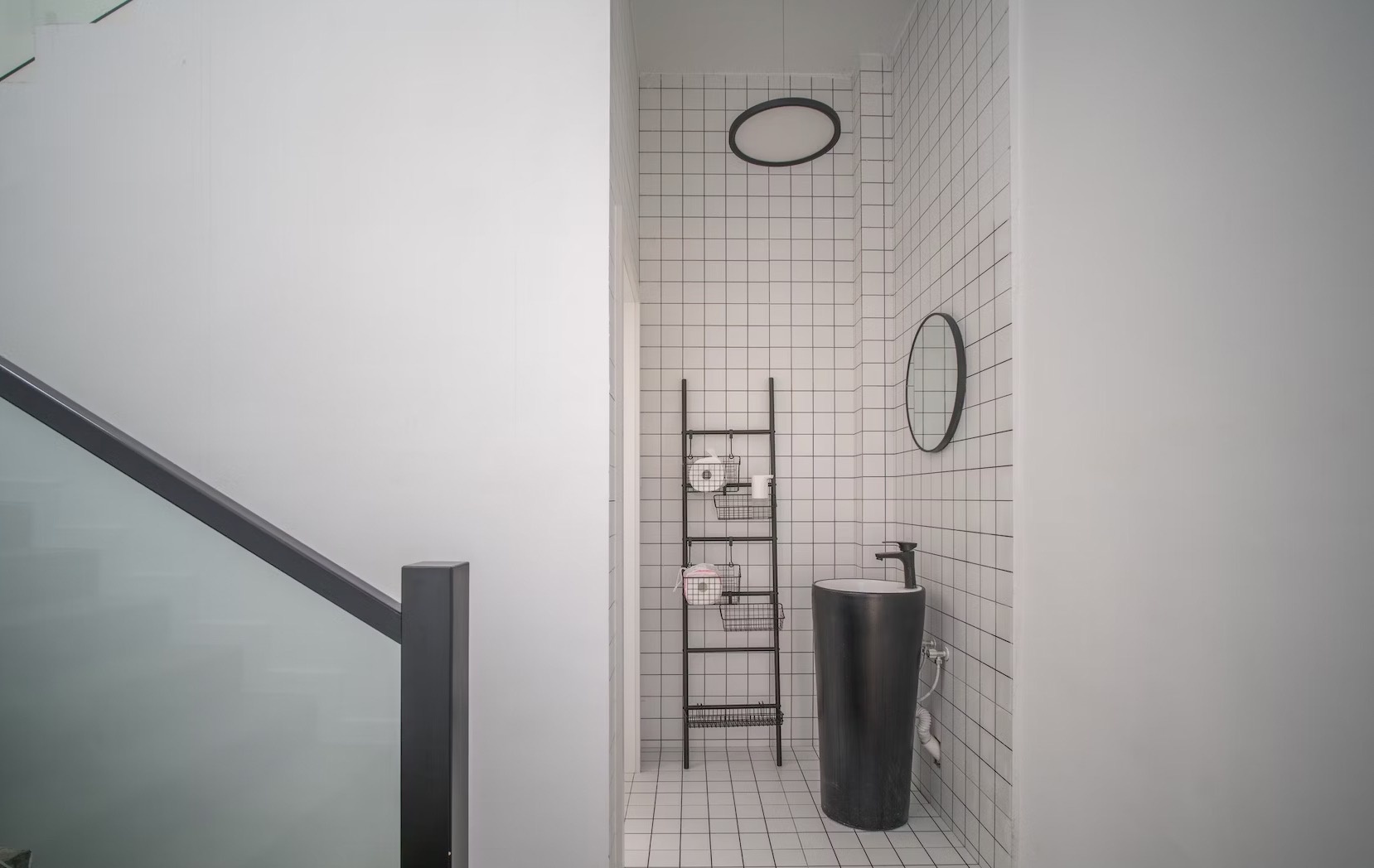
07 May How to Repair Water Damage to Drywall: A Comprehensive Guide
Water damage can be a nightmare for homeowners, especially when it affects drywall. Drywall is a porous material that absorbs water quickly, making it susceptible to mold growth and structural damage. Repairing water damage to drywall requires time, effort, and some know-how. In this article, we will discuss how to repair water damage to drywall and prevent future damage.
- Identify the Source of the Water Damage
The first step in repairing water damage to drywall is identifying the source of the problem. Is it a leaking roof, a broken pipe, or a faulty appliance? Once you know the source, you can take the necessary steps to stop the water from coming in and causing further damage.
- Remove the Damaged Drywall
Next, you will need to remove the damaged drywall. Use a utility knife to cut away any wet or damaged areas. Be sure to cut at least six inches beyond the visible damage to ensure that you remove all the wet material.
- Dry the Area
After removing the damaged drywall, you need to dry the area thoroughly. Use fans and dehumidifiers to circulate air and remove moisture from the affected area. If you don’t have access to professional equipment, you can use a hairdryer or heater to speed up the drying process.
- Check for Mold
Mold can grow quickly in moist environments. Check for signs of mold growth on the surrounding surfaces. If you see mold, you will need to clean and sanitize the area before repairing the drywall.
- Repair the Drywall
Once the area is dry and free of mold, you can begin to repair the drywall. Start by installing new drywall if necessary. Secure it in place with drywall screws and joint compound. Apply joint tape to the seams and cover with another layer of joint compound. Smooth the surface with a drywall knife or sandpaper.
- Paint or Texture the Surface
After the joint compound has dried, you can paint or texture the surface to match the surrounding area. Use a paintbrush or roller to apply the paint and let it dry completely before adding another coat.
- Prevent Future Water Damage
Finally, take steps to prevent future water damage. Fix any leaks or broken pipes immediately, and consider installing a dehumidifier or ventilation fan in the affected area. Regularly inspect your home for signs of water damage, such as discoloration or peeling paint.
Summary
In conclusion, repairing water damage to drywall is a time-consuming process, but it’s essential to prevent further damage and maintain the structural integrity of your home. Remember to identify the source of the water damage, remove the damaged drywall, dry the area thoroughly, check for mold, repair the drywall, paint or texture the surface, and take steps to prevent future water damage. If the damage is severe or you’re not comfortable with DIY repairs, it’s best to call a professional for help.
